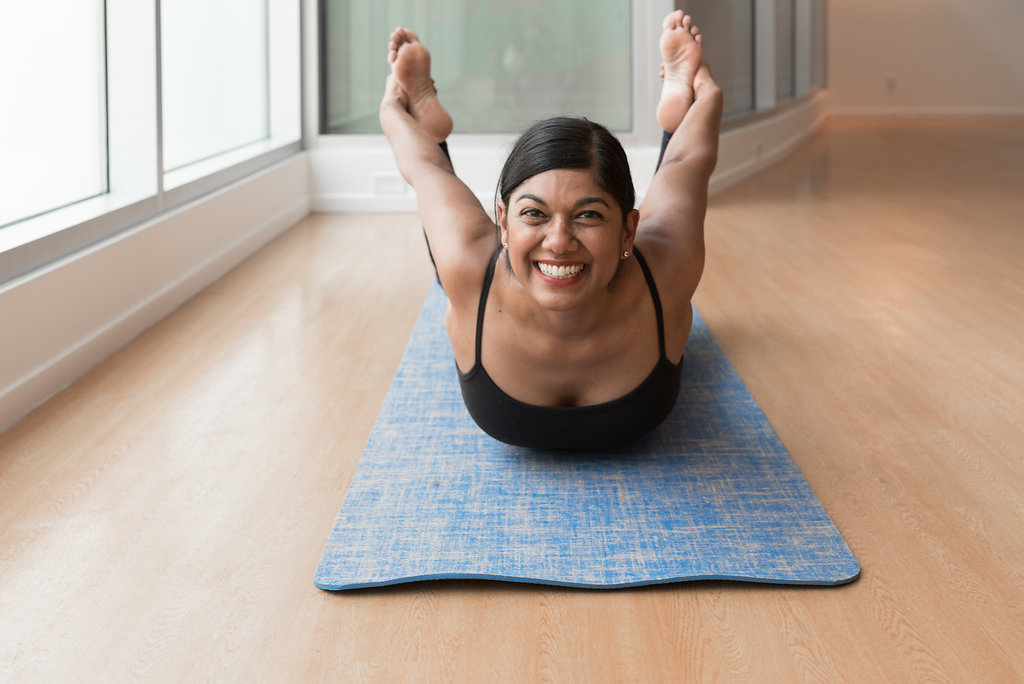Exercise Skin. You may not think these two things are related, but new research shows that exercise benefits not only our overall wellness but that of our skin as well. In fact, in addition to help skin look younger, it may also even reverse skin aging in people who start exercising late in life.
Aging leads to many unwanted changes in our skin. Wrinkles, crow’s feet and sagging make us look older due to changes occurring within the various layers of our skin. After about the age of 40, our stratum corneum, the outermost, protective layer of skin that we can see and feel, starts to thicken. Composed mainly of dead skin cells and a little bit of collagen, it gets drier and flakier. At the same time, the dermis, located underneath the stratum corneum and epidermis, starts to lose skin cells and elasticity and begins to thin. The result is more translucent skin and often, a more saggy appearance.
The changes above occur as a result of the aging process and don’t take into account general lifestyle particulars such as diet, sleep, stress or sun exposure. Are skin changes inevitable as we age?
Recently, researchers investigated just this. A team at McMaster University in Ontario found that premature aging in nearly every organ in the body was completely prevented in mice that ran on a treadmill three times a week for five months. These mice were genetically engineered to age faster due to a defect in their mitochondria — the cellular powerhouses responsible for generating energy for nearly every cell in the body.
Mitochondria are unique in that they have their own DNA. It has been thought that lifelong accumulation of mitochondrial DNA mutations lead to energy crisis that result in a progressive decline in tissue and organ function, ultimately resulting in aging. But the study on genetically-disadvantaged mice found those who had endurance exercise training three times a week looked as young as healthy mice while their sedentary siblings were balding, graying, physically inactive, socially isolated and less fertile.
One of the lead authors of the study, Adeel Safdar, said: “I believe that we have very compelling evidence that clearly show that endurance exercise is a lifestyle approach that improves whole body mitochondrial function which is critical for reducing morbidity and mortality. Exercise truly is the fountain of youth.” Co-author Jacqueline Bourgeois said: “The recipe for healthy aging is very simple, and that’s exercise. The problem is that it is most people find it a difficult recipe to follow.”
The study was taken a step further looking at people aged 65 and older. Exercise skin changes at a microscopic level were observed when exercise was introduced to participants for 30 minutes three times a week on a stationary bike – not much. To eliminate changes attributed due to UV exposure, skin that had not been frequently exposed to the sun was examined. The results? Skin appeared 20 to 30 years younger under the microscope after three months.
The correlation between exercise skin is not completely clear, but researchers suspect that certain substances are also involved in the skin changes related to exercise. There’s no evidence that exercise reverses wrinkling and other damage from the sun, but it’s incredible to consider all of the ways in which exercise changes our bodies, including that of our skin.
So…Get moving! Your health AND your skin will thank you.


